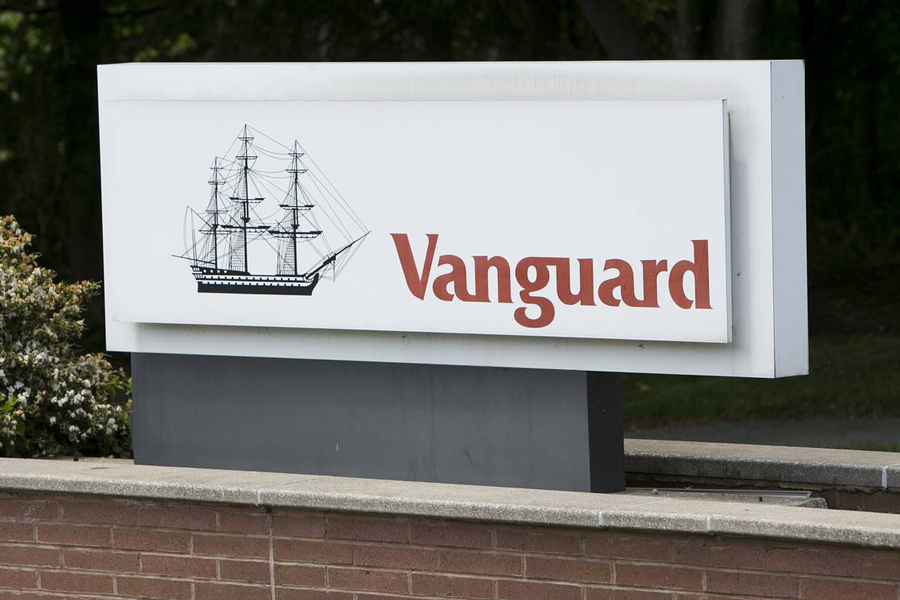

The Vanguard Group is pulling the plug on its 20-year effort to actively-manage a value-focused mutual fund by asking shareholders to approve merging the $1.1 billion Vanguard US Value Fund (VUVLX) into a passive index fund.
The move is music to the ears of Daniel Wiener, chairman and co-founder of Adviser Investments, who describes the quantitatively managed fund as a “failure” and a “loser.”
“The fund has been a loser and has only gotten worse since they let the (in-house) quantitative team take over management of it,” he said.
Value investing has been lagging growth investing for more than a decade, but the Vanguard value fund has been making matters worse by lagging a lower-cost, in-house index fund, the $77.1 billion Vanguard Value Index (VVIAX).
The index fund, where assets from the active fund will end up upon shareholder approval, charges 5 basis points and is down 12.2% from the start of the year. By comparison, the actively-managed value fund, which charges 22 basis points, is down 17.7% so far this year.
The more growth-oriented S&P 500 Index is down 38 basis points this year.
Meanwhile, Vanguard has another fund also competing for value investors, the $49.2 billion Vanguard Value ETFF (VTV), which charges just 4 basis points.
“Value investing has been out of favor in recent years, but VTV has pulled in $3.7 billion in the past year which is a sign that investors look to Vanguard’s index offering favorably,” said Todd Rosenbluth, director of mutual fund and ETF research at CFRA.
According to Vanguard’s announcement, the rationale for the fund merger is “significant overlap in holdings, similar characteristics, and highly-correlated returns.”
As Wiener details, the actively-managed value fund was strong out of the gate in June 2000, but has more recently not lived up to expectations or earned an expense ratio that is 17 basis points higher than the index.
The fund management was always computer driven and originally subadvised by legendary value manager Grantham, Mayo, Van Otterloo & Co.
In the wake of the bursting of the dot-com bubble through September 2002, the fund declined by 6.9% while the value index suffered a 29.8% decline. In 2007, Vanguard added a second manager to the fund, AXA Rosenburg, which was fired three years later. Meanwhile, Grantham, Mayo was fired in 2008, making room for an internal Vanguard quant team.
“What’s clear is that none of the manager changes enhanced US Value’s performance against the straight ahead value benchmark,” Wiener said.
The last time the active fund beat the benchmark was 2014.
The active fund has a three-year annualized return of negative 1.08%, a five-year annualized return of 2.8%, and a 10-year average of 9.5%.
The index, over the same periods, had annualized returns of 4.7%, 7.2%, and 10.9%.

Carson is expanding one of its relationships in Florida while Lido Advisors adds an $870 million practice in Silicon Valley.

The approval of the pay proposal, which handsomely compensates its CEO and president, bolsters claims that big payouts are a must in the war to retain leadership.

Integrated Partners is adding a husband-wife tandem to its network in Missouri as Kestra onboards a father-son advisor duo from UBS.

Futures indicate stocks will build on Tuesday's rally.

Cost of living still tops concerns about negative impacts on personal finances
RIAs face rising regulatory pressure in 2025. Forward-looking firms are responding with embedded technology, not more paperwork.
As inheritances are set to reshape client portfolios and next-gen heirs demand digital-first experiences, firms are retooling their wealth tech stacks and succession models in real time.
